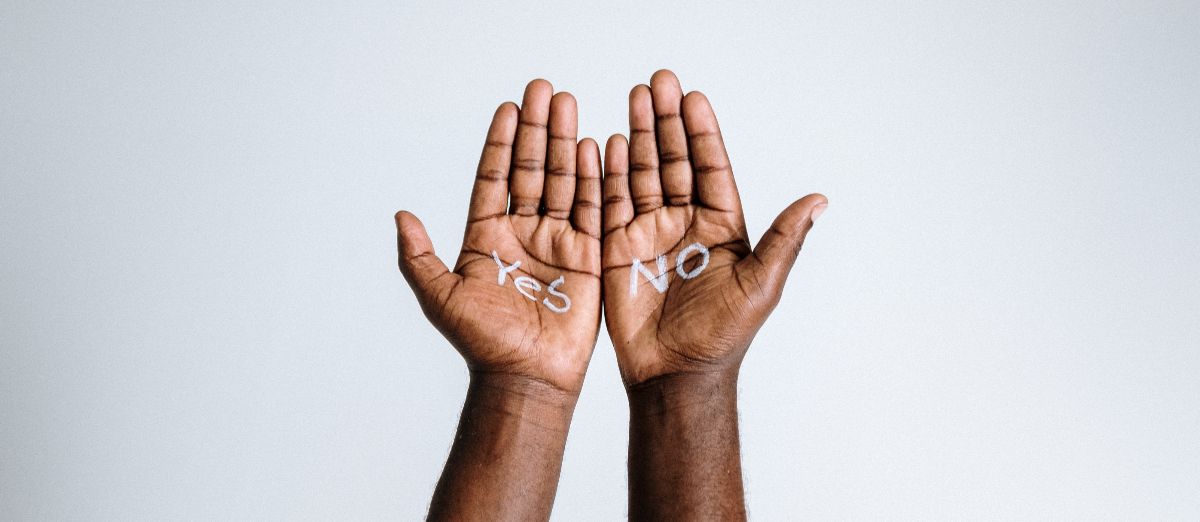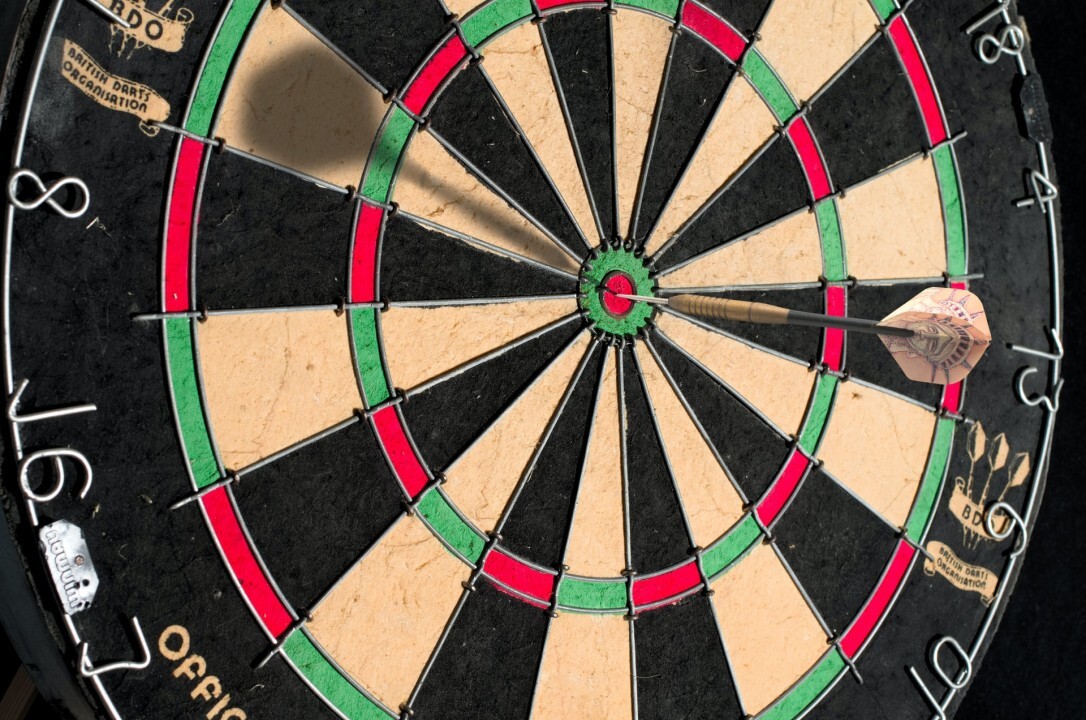“No Pain, No Gain” – Jane Fonda
Jane Fonda had a catchy phrase back in the 1980s that she used to help motivate people to stay with their fitness workouts when the going got tough – “No pain, no gain!”. Today, that saying is applied to personal challenges across all areas of our lives. It’s so ingrained in us that we might not stop to ask ourselves…is all this pain really necessary? All of us know pain, but what about its cousin — discomfort. Where’s the line between them and how might it be helpful to distinguish these from the other? And which one is most useful for us as we move towards success and satisfaction in our lives?
Got discomfort?
“If it doesn’t challenge you, it doesn’t change you.” – Fred DeVito
In fairness to Jane, when anyone is working out and breathing hard, they might need to stick to single-syllable rhymes like she did. That said, I believe that some distinctions between “pain” and “discomfort” are called for when we are talking about motivation and success. I’ll put “Got discomfort?” into the ring as a counter-phrase for now, knowing that it will likely never catch on as Jane’s did.
To further explore the idea of discomfort, imagine a light switch but instead of “on” and “off” the settings are labeled “pain” and “comfort”. Which would you choose on a daily basis? Now imagine a different switch — one of those fancy “dimmer” models. This one has “pain” at one extreme, “comfort” at the other, and “discomfort” right in the middle between them. Which setting would you choose for maximum learning in your life?
Comfort, Pain, and Discomfort
“There is no comfort in the learning zone, and no learning in the comfort zone.” – Unknown
If you picked the “pain” setting on the great light switch of life -– what’s your belief operating behind this? Are you of the opinion that one must truly suffer to make progress or be successful? How might holding this belief actually slow you down long-term? The belief that one must suffer to make progress or be successful is not generally useful. We can and do make progress and learn every day without suffering. And to the degree we extend our suffering, we wear ourselves down in body and spirit which makes movement towards what really matters to us that much harder. And we tend to buy into this belief because we have been taught that self-indulgence leads to failure.
I invite you to remember a big project you took on that didn’t succeed. First, what was important about this project to you, your team, and your organization? And how did it stretch you to learn and grow? I would suggest that if it really mattered to you, and you stretched and grew from engaging with it, you are much less likely to see it as a failure but rather simply a lesson. However, if it wasn’t that important to you or you weren’t stretching or growing much as a result, the failure likely had more to do with a mismatch of required motivation and skills for the task than with you not working hard enough.
If you chose the “comfort” setting – how’s that working for you? What did you learn today, this week, this month? What seems “impossible” because of how much you would need to learn? Where do you see you’ve settled for less and have traded inspiration for comfort? When have you stayed too long in a place of comfort and “woken up” to realize you are capable of much more? And when have you moved strategically to a place of comfort to restore yourself so that you can rise to even higher achievements ahead?
And if you said “discomfort” – how do you bring this into your life consistently? How often do you notice yourself moving the switch into either the “comfort” or “pain” zone – convinced that they are better somehow for your success and satisfaction? To lead a life of continuous learning requires us to seek out and welcome discomfort. David Peterson, former Senior Director of Executive Coaching and Leadership at Google says, “Staying within your comfort zone is a good way to prepare for today, but it’s a terrible way to prepare for tomorrow.”
Flipping the switch
“The function of an ideal is not to be realized but, like the North Star, to serve as a guiding point.” – Edward Abbey
To be transparent, I like watching movies and eating ice cream. I like my comfort time. And at times I have definitely pushed too hard and bought into “no pain, no gain” as a way to find success and satisfaction. But when I’m reflecting on how I learn best, or when I’m coaching leaders and hearing about their challenges, it becomes obvious that discomfort is clearly a territory to get more comfortable with.
I once worked with a senior leader who would literally “walk through fire” for their organization. They saw pain as their “north star” and followed it to both great success and great failure. Known as someone who ‘got stuff done’, they were also known as ‘a real jerk’ to many around them. The leader drove themselves and their team relentlessly, until their team members started to move on to new jobs and until the leader’s personal health hit a huge speed bump.
Coaching this leader meant helping them re-orient towards a “discomfort” star and learn to sense when they were venturing too far towards a “pain” star. We investigated what “comfort” meant for them, and how unexplored it was as a restorative place they needed in their life to do their best work. Once they committed to re-orienting, things began to shift. The leader was still known as someone who “got stuff done”, only now they were also known as “someone to look up to” who was willing to work with less experienced leaders to help them find their own north stars to navigate by.
What does your north star of discomfort look like?
And what’s one step you can take towards it today?






